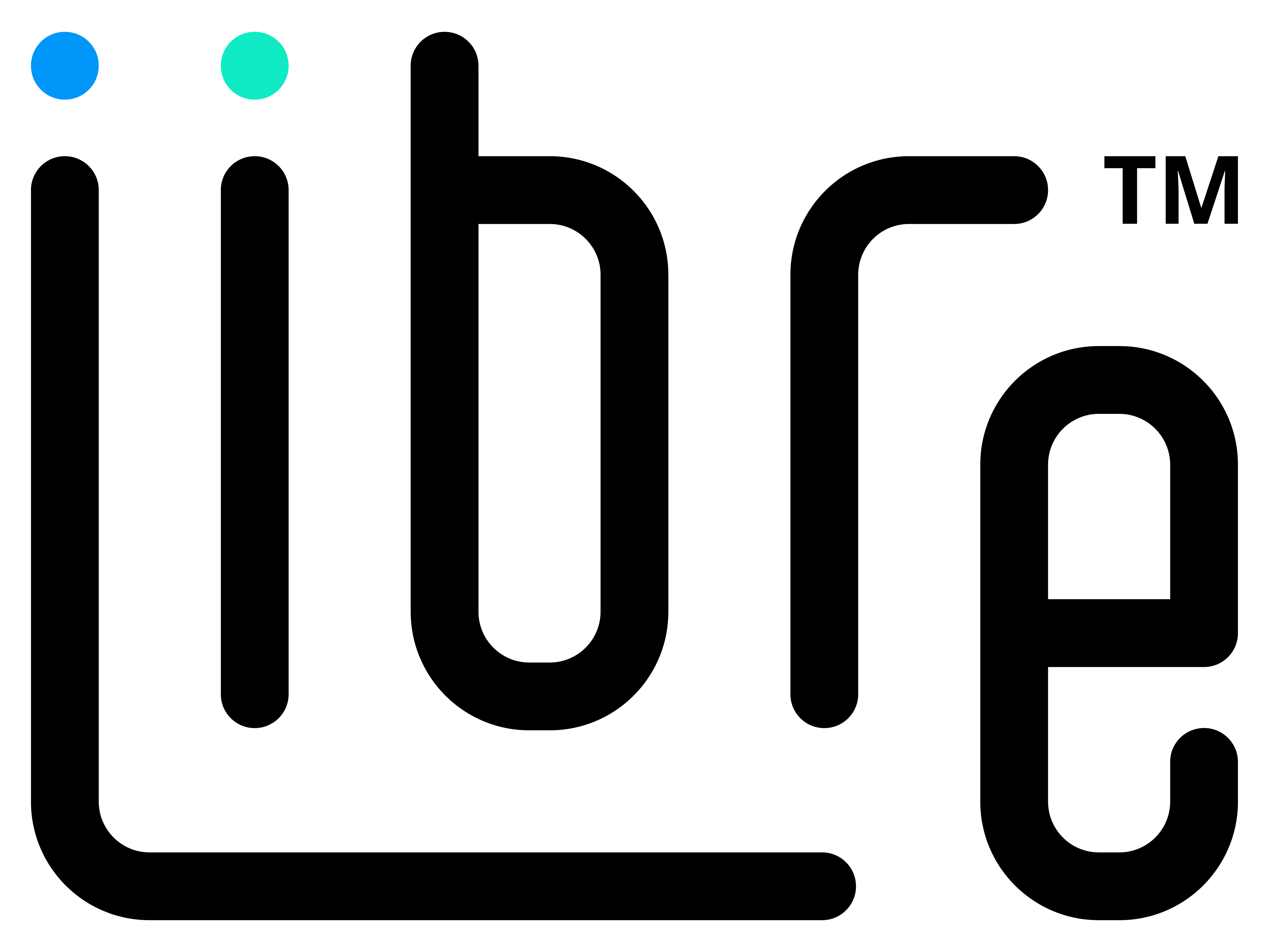The basis of Libre’s Core Manufacturing Software product is the Manufacturing Knowledge Graph (MKG.) There have been several posts and publications in the past that have hypothesized and socialized the idea of an MKG, but a full implementation hasn’t been available: until now.
What is a Manufacturing Knowledge Graph?
Knowledge Graphs are not a topic well known to those in Manufacturing IT and MES roles, so let’s have a look at a simplified definition:
A knowledge graph is a collection of interconnected descriptions of entities – objects, events, processes, or concepts.
The first clue about why the MKG is a superior data structure for manufacturing software comes in that description. Note that the collection is not so much the entities as it is the descriptions of the entities and the descriptions of the relationships between them.
Defining a data structure to describe manufacturing entities like equipment, materials and even BOMs or Recipes and the relationships between them is not particularly difficult and has been done in relational structures for 30+ years, to varying degrees of success. The key to flipping the MES paradigm comes in changing the data structure so that it not only contains the entities and the relationships (in the form of primary and foreign keys) but contains the description of the relationship in a way that provides real context.
The second part of the definition is this:
A Knowledge graph places data in context by creating links and metadata, providing a structure for the integration and unification of the contained data.
the ISA-95 Standard
The ISA-95 standard was created, we believe, with the foresight that this would eventually be possible. It contains every standard entity definition and known relationship that is necessary for any manufacturing process. What it doesn’t contain is an exhaustive list of contextual relationships between entities – because it can’t – those are different for every user of the standard.
What S-95 does is lay the groundwork for any manufacturer, anywhere in the world to define their master data in a standard way. The problem to date is that the providers of manufacturing software (read MES…) have not provided the entire framework in a way that is easy to implement or easy to extend to peculiarities in individual process.
Current MES offerings are either built on an attempt to unify silos of data via relational means or a partial implementation of the S-95 in a single relational construct. Neither of these is useful for enterprise implementations or for the basis of an Industry 4.0 program or digital transformation.
Libre solves that problem by implementing the entire S-95 standard into a knowledge graph; one that contains 100% of the S-95 standard.
One Standard. One Ontology. One Data Structure.
Finally.

